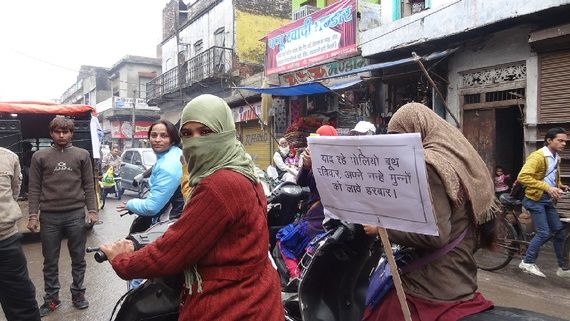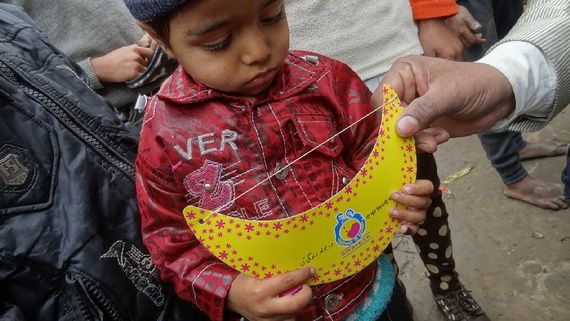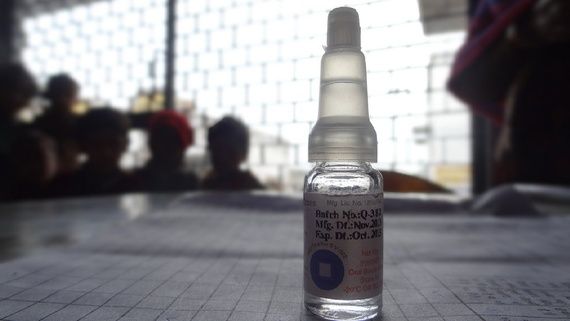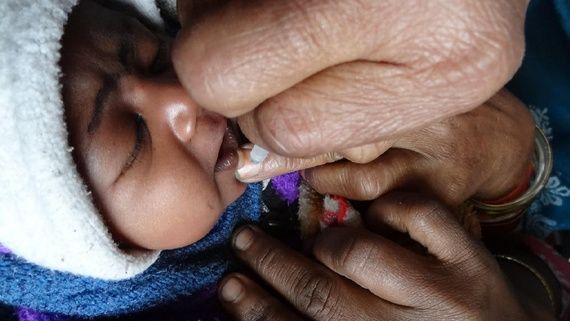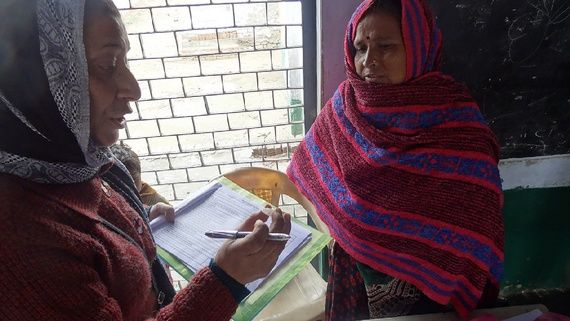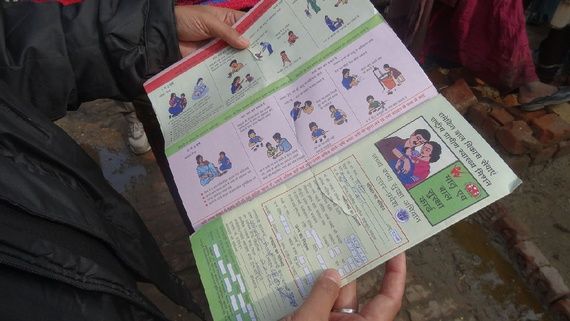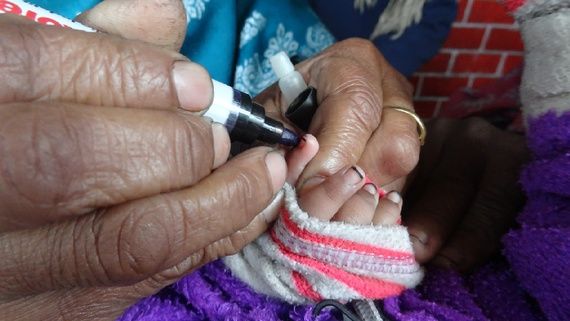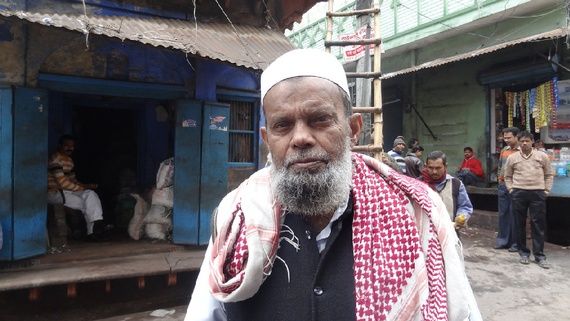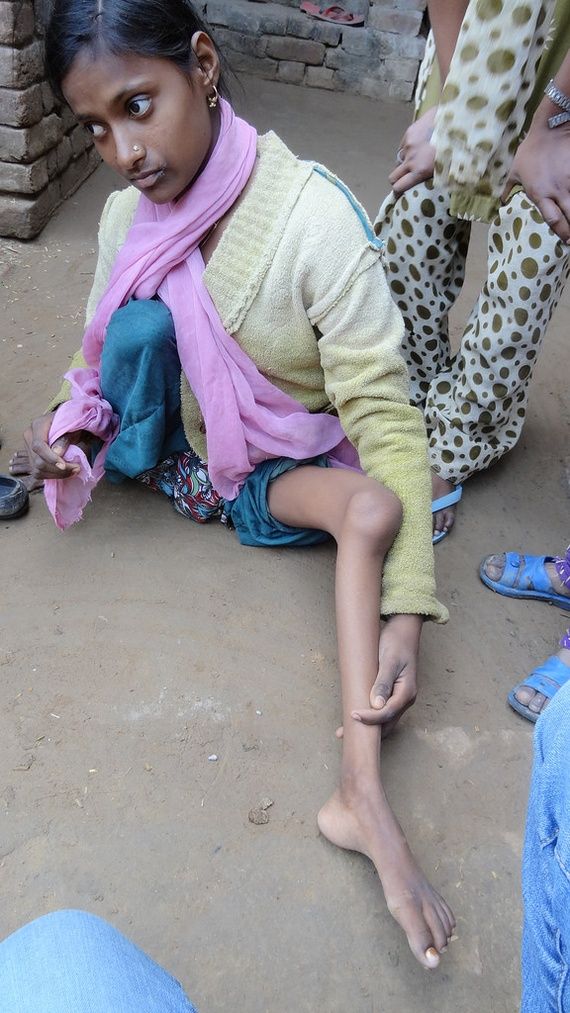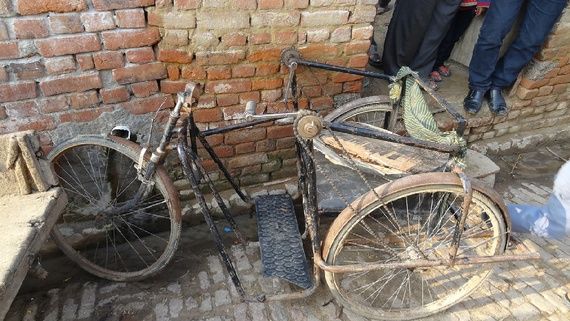On January 13, India completed three years without a new case of polio. Six days later, the country conducted the first of two annual National Immunization Days. After 29 years of slogging away at this campaign, health workers were rejoicing this time when Immunization Day arrived. For the partners in the polio project—Rotary International, UNICEF, the World Health Organization, and the Centers for Disease Control—polio's end in India is the start of a new effort to push for routine immunizations throughout the country. Successfully eradicating polio can translate into better care overall.
Dr. Sunil Bahl, technical advisor to the National Polio Surveillance Project with WHO, refers to the polio program as the "gold standard in microplanning," which will now serve as a blueprint for other immunization campaigns. The polio program in India built the meticulous infrastructure necessary for vaccinations. Now it's being applied to measles, rubella, hepatitis, and tuberculosis.
